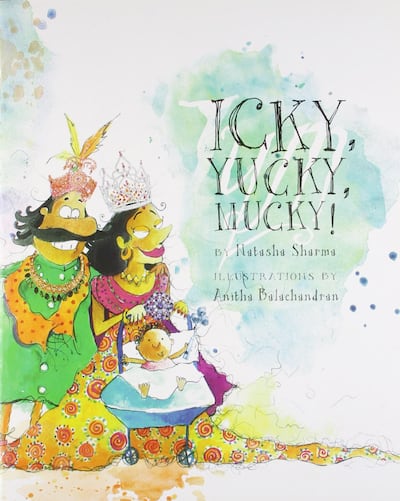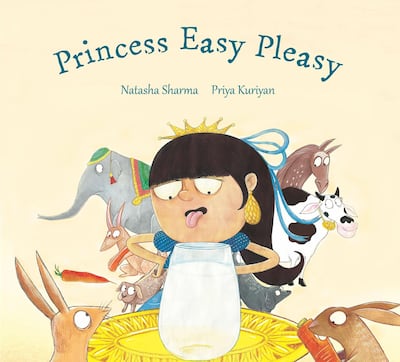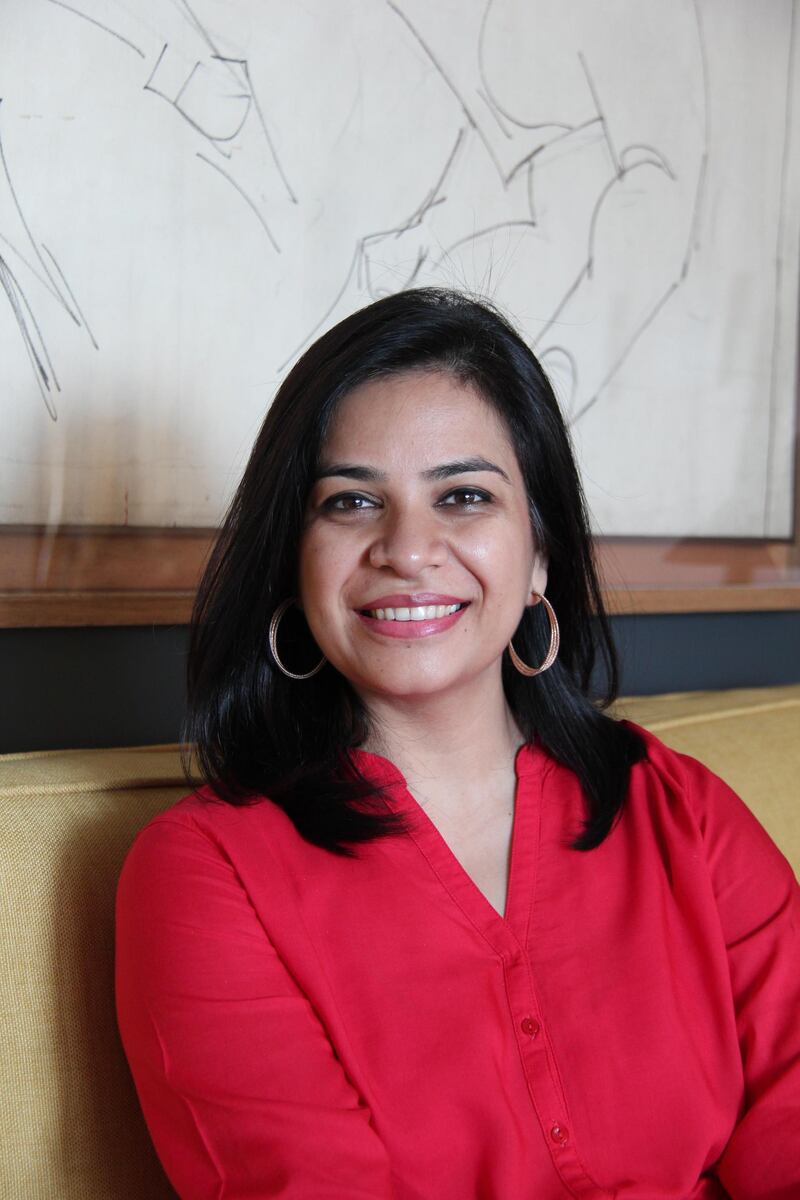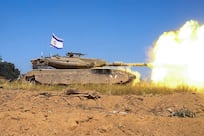Mumbai-based Natasha Sharma is one of India's best-loved children's authors. Her books, such as Icky, Yucky, Mucky! and Kaka and Munni, have been performed at festivals and events across the world. With more than 12 children's books to her name, many of which have won global literary awards, Sharma is no stranger to writing stories designed to leave children in helpless laughing fits on the floor.
On Monday, April 23, which is the sixth day of the Sharjah Children's Reading Festival, Sharma will take part in a panel discussion, titled I Adore History. She will discuss the difficulties of taking on the responsibility of presenting history in an exciting way to engage young minds, referencing her latest book, Shah Jahan and the Ruby Robber, the fifth instalment in the History Mystery series.
The series is described as historical fiction, with each book revolving around a real emperor from Indian history.
"While the stories are fiction, they are full of facts and a chapter at the end tells the reader what was based on fact – often surprisingly so," explains Sharma from her home in Mumbai. "Shah Jahan and the Ruby Robber is set at the time that the Peacock Throne was inaugurated at the Agra Fort. Among its many jewels were the Koh-i-Noor diamond and the Timur ruby. The backdrop, which is factually correct on the timeline, is that the Taj Mahal was being built. The time in the story allowed me to create a mystery story with investigators in a setting that allowed for great adventure and diversity and could help me build humour into the narrative."
Where do you get the ideas for your stories? How does inspiration strike and how does a story develop?
A Ideas and inspiration for my stories come from the world around. A word, a photograph, a comment, an unusual habit – everything is fodder for a story. Sometimes, it gives me the key theme, and at other times, a character or a plot point. My first book, Icky, Yucky, Mucky, was inspired by terrible habits that children and adults have, which include terrible table manners or biting their nails.

Princess Easy Pleasy began when I was packing cartons of milk with bubble wrap for a trip because my daughter would refuse to drink any other brand of milk. It was a terrible situation created by a weak moment as a parent. On my third round of bubble wrap, I thought: "I might as well carry the cow." The cow, the idea of a fussy child and an overindulgent parent simmered in my head until it led to more such crazy scenarios and there was my idea. Then to the writing.

What can we expect from your session at the Sharjah Children’s Reading Festival?
My sessions are extremely interactive and I am known to jump around a lot. The session with my book Princess Easy Pleasy has me drawing alongside as I read the story out. It keeps the children guessing on what is going next on the royal plane. They join in with "Yuck" and "Eew". It's great fun and we have a rollicking time in each session.
For the session from my History Mystery book, Shah Jahan and the Ruby Robber, because it is for older kids, I like to give them a perspective on facts about the emperor, the writing process as an author, pop quizzes, unusual and bizarre facts – everything that presents history in a fun and exciting way. I end with a song, karaoke style, where the children sing along to The March of the Mughals.
What’s the importance of this type of festival?
It’s a great platform for authors to interact with children across geographical boundaries. A well-told story should work wherever it is read, and as an author, it’s fabulous to interact directly with my audience. It’s also a great help in being discovered by children. For children, I would like to think it is exciting to put a face and a voice to the words or hear about what gave them the idea for a book. I get so many questions from children after each session, so I know they are always brimming with curiosity.
What’s it like to write with children in mind?
The basics stay in place – language that they can understand, while being challenged by it every now and then. I love writing with humour, and I think that works wonderfully with children. In picture books, allowing space for the illustrations to speak for themselves, making sure every word is there for a reason, page turns and pace are critical. For the rest, the basics of good writing apply across the board – well-defined characters, plots, story arcs, setting – all apply whether in a 500-word book or a 40,000 one. I love writing picture books for the challenge they present and the depth of emotion they can depict in such few words.
How would you recommend getting a child interested in reading?
Read to children from the earliest age possible. Get them used to being around a book, touching a page, sitting even for a minute without a screen before them. There isn’t a child who wouldn’t love being read to – start young and don’t stop too soon. Allow them to pick the books they enjoy – different themes, different formats. Don’t look for every book to teach them something. Let them enjoy reading for the love of reading. A well-written book presents them with so much to take out of it. A different worldview for one.
Natasha Sharma’s talk is tomorrow at 6pm at the Sharjah Children’s Reading Festival, Expo Centre, Sharjah
_____________________
Read more:
Book review: Sharlene Teo’s novel is a multifaceted and riveting debut
What Ed Vere hopes to accomplish at the Sharjah Children’s Reading Festival
The towering imagination of children’s author Ralph Browning
_____________________






